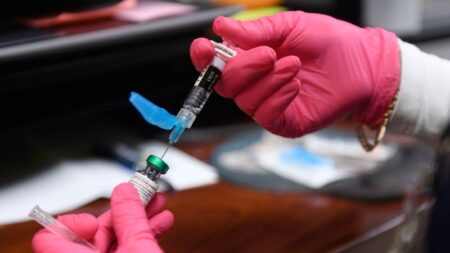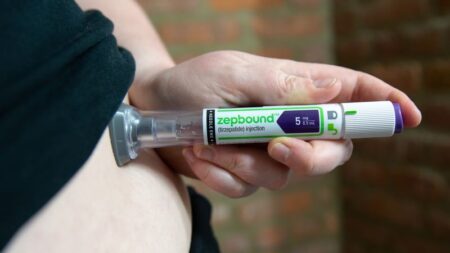The US Centers for Disease Control and Prevention is warning the public about a listeria outbreak involving recalled deli meats that has now become the largest in the nation since 2011.
Boar’s Head issued a recall for over 7.2 million pounds of its ready-to-eat liverwurst and other deli meat products back in late July due to concerns of potential listeria contamination. Despite this recall, the CDC has reported at least a dozen more cases of listeriosis in recent weeks.
A total of 57 people have been hospitalized in 18 states, with nine deaths attributed to the outbreak. This listeria outbreak is now the largest since the one linked to cantaloupe in 2011.
The CDC believes that the actual number of illnesses may be higher than reported, as some people with milder cases may not have been tested for listeria. Additionally, there may be a delay between when an illness occurs and when it is connected to the ongoing investigation.
Consumers are advised to check their kitchens for any remaining recalled products, as they can have a long shelf life. Look for “EST. 12612” or “P-12612” inside the USDA mark of inspection on labels, with sell-by dates extending into October 2024.
The recalled products include liverwurst, ham, bologna, sausage, and roasted bacon. Boar’s Head has stated that any products currently available at deli counters are not subject to the recall.
Listeria bacteria can survive on surfaces like countertops and meat slicers, and can easily spread at delis, transferring to hands and food. People who are pregnant, elderly, or have weakened immune systems are advised to avoid deli meat unless it has been heated to 165 F.
Symptoms of listeriosis include fever, muscle aches, fatigue, and in severe cases, a stiff neck, headache, confusion, or seizures. Anyone experiencing these symptoms should seek medical attention immediately.
The timeline of this outbreak spans several months, with the first reported case occurring at the end of May. The CDC is still investigating the outbreak and is encouraging those affected to work with local public health officials to track the source of the contamination.











